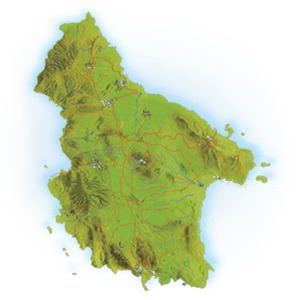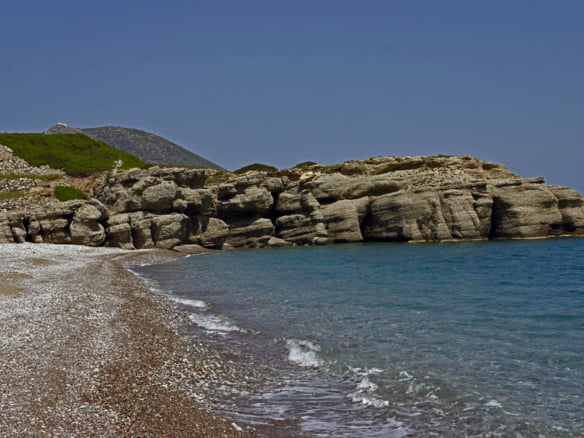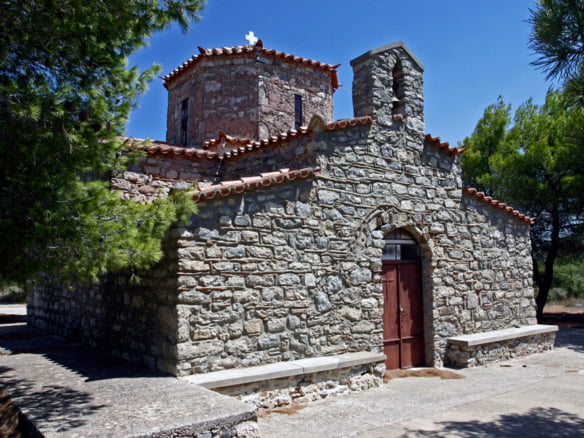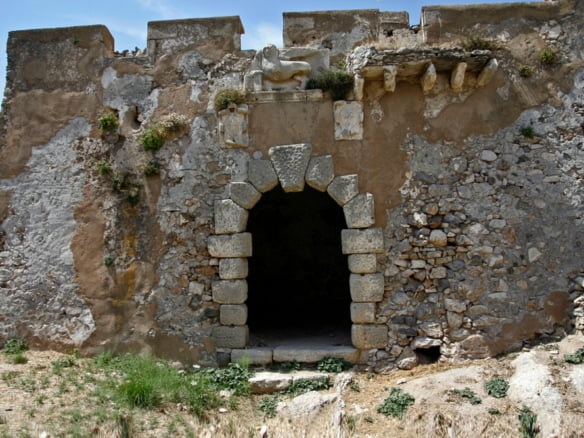The Byzantine Churches in the Venetian castle of Kato Chora in Mylopotamos, Kythira, constitute a unique set of monuments that bear witness to the religious, architectural and cultural heyday of the island during the Byzantine and post-Byzantine times. The castle of Kato Chora, built by the Venetians in the 16th century, served not only as a fortress but also as a center of urban life. Within its walls and in the surrounding alleys, numerous churches have survived, most of which have significant historical and artistic value.
Spiritual life within the walls
Inside the castle and in the surrounding area are more than ten churches, each with its own history, architecture and iconography. These churches functioned not only as places of worship but also as small communities, where the residents performed their religious and social ceremonies.
Among the most important churches stand out:
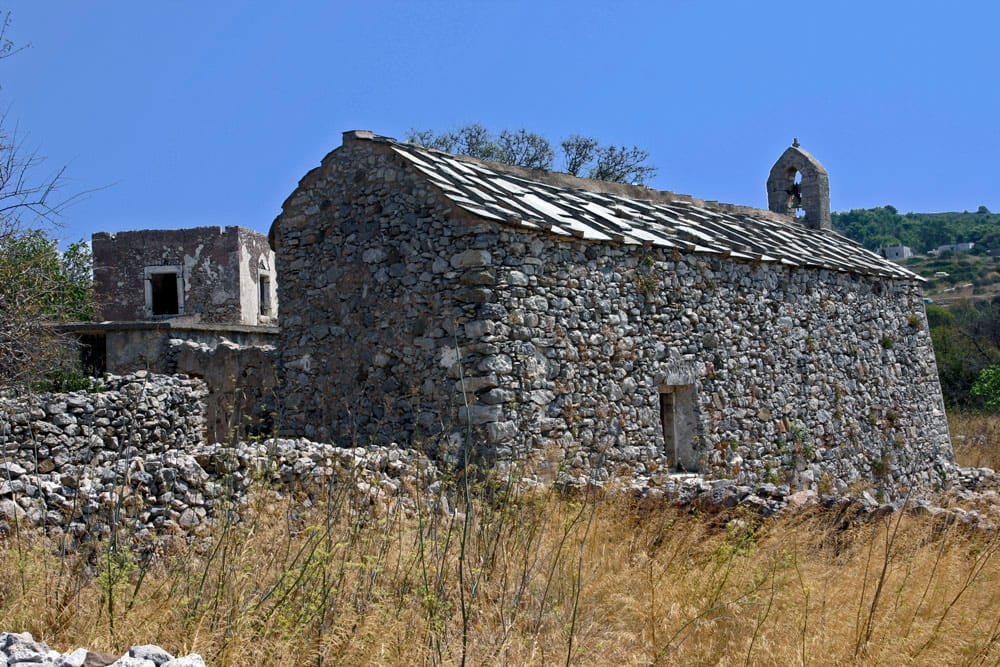
The church of Agios Ioannis Prodromos, which is located almost at the entrance to the castle and preserves excellent 16th century frescoes. Panagia Mesosporitissa, a small single-aisled church, which was probably used for private services by the castle’s residents. Saint Athanasios, with particular architectural interest and minor interventions from the late Venetian period. We also mention Saint John the Theologian, Saints Anargyroi, Saint Nicholas, Saints Pantes, Saint Demetrios and Prophet Elias.
Architecture and iconography
Most churches are single-aisled, vaulted with simple exterior decoration, however their interior shows a high artistic level. The frescoes vary in date, from the 13th to the 17th century, and present scenes from the life of Christ, the Virgin Mary, as well as figures of saints particularly beloved by the Kytherian people, such as Saint John the Theologian and Saint Nicholas. Many of the churches were associated with families of noble or wealthy residents of the island and sometimes functioned as family chapels. This fact explains the existence of very careful frescoes and inscriptions that testify to the sponsors or dedicators.
A walking treasure
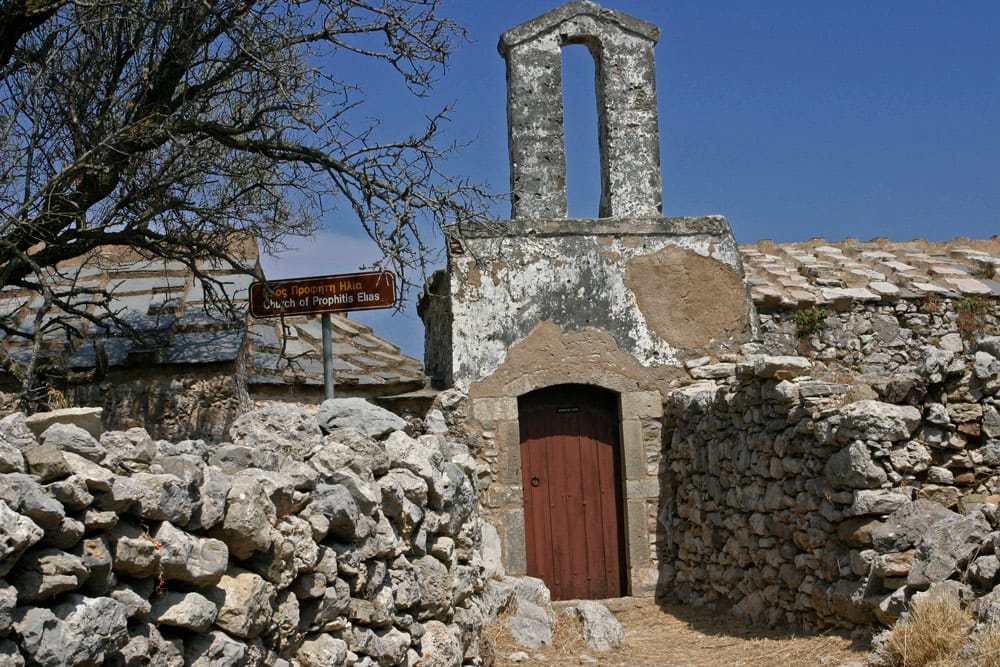
The tour of Kato Chora is not just a stroll through an authentic medieval village – it is a journey back in time. The churches, combined with the ruined houses and the panoramic view of the Ionian Sea, create a setting full of mystery and tranquility. The visitor can walk through the alleys and discover each temple, each of which tells a different chapter in the history of Kythira.
Cultural value and preservation
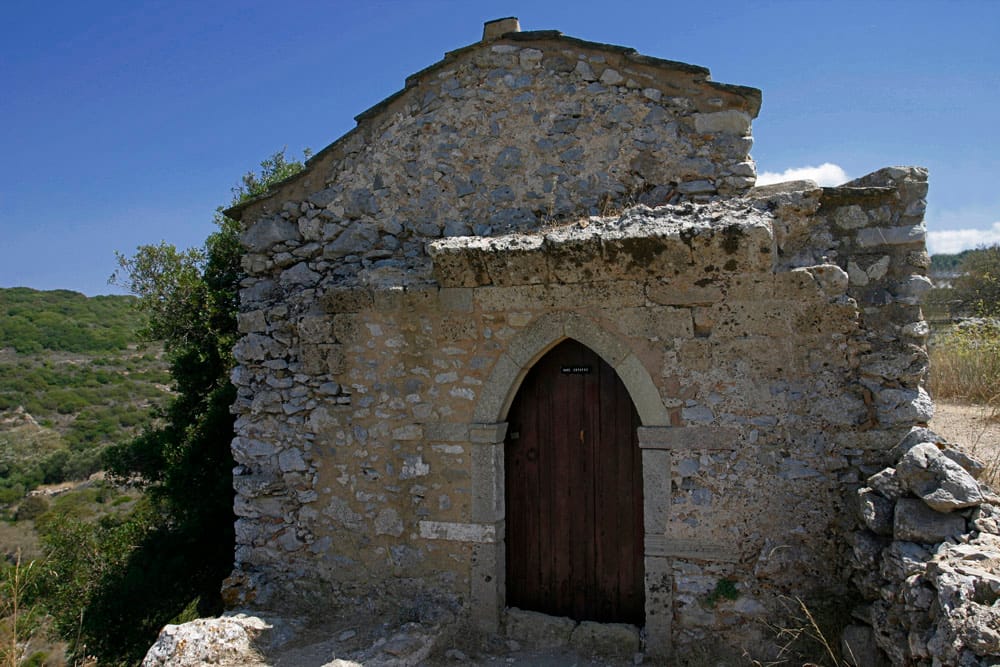
The Kato Hora and its churches are under the protection of the Archaeological Service and have been classified as monuments of exceptional importance. In recent years, efforts have been made to restore and preserve the frescoes, in order to protect this invaluable cultural treasure.
A visit to the Byzantine churches of the Kato Chora Castle is a must for any traveler who wants to get to know the spiritual and artistic heart of Kythera. Through these small but powerful places of worship, the visitor comes into contact with the island’s centuries-old history, the deep faith of its inhabitants and its timeless cultural radiance.









